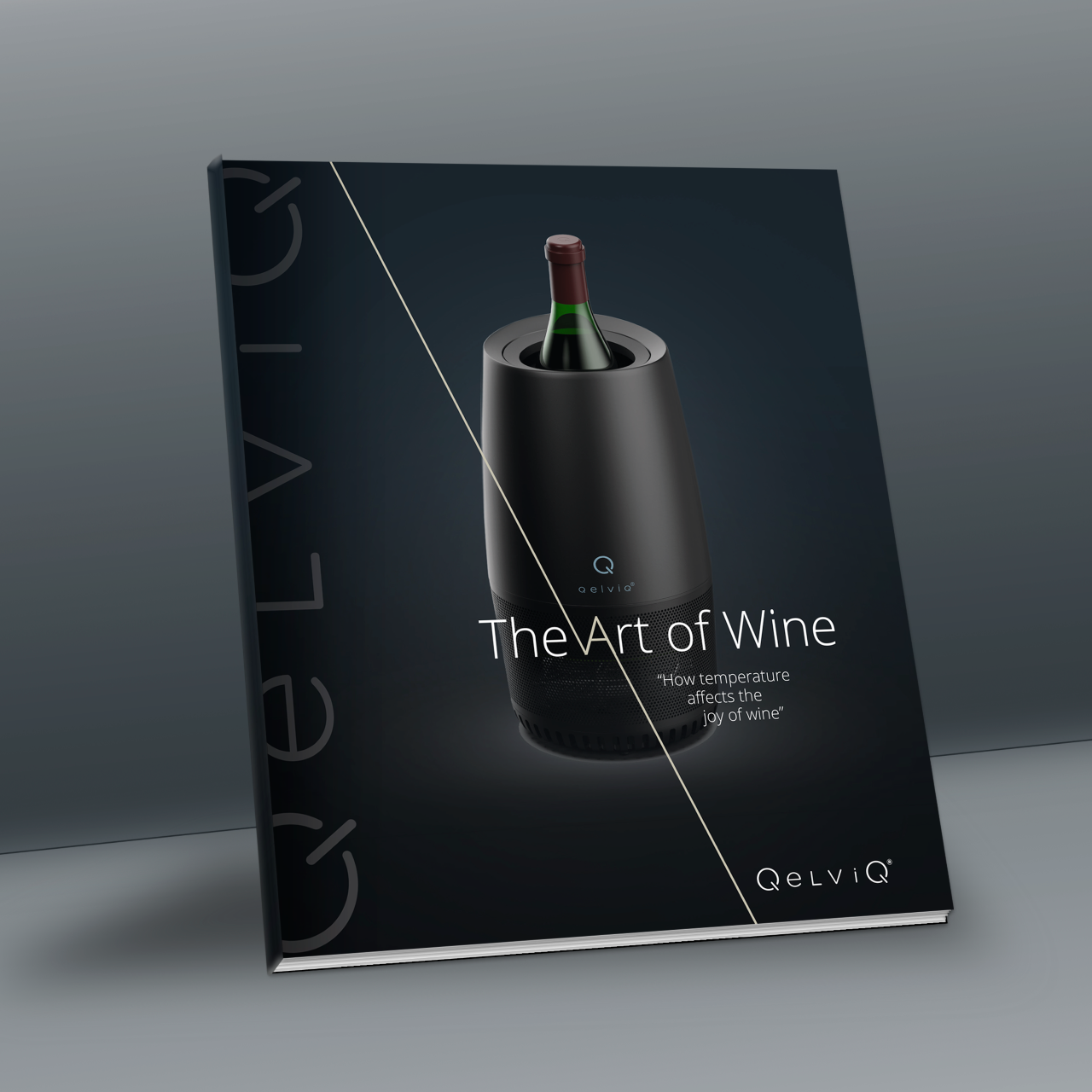The Piedmont region, its wines and their correct wine serving temperatures
Piedmont is a picturesque region in northwestern Italy, bordering France to the west and Switzerland to the north. The capital city is Turin. Piedmont is well known for its skiing resorts in the winter and its beautiful lakes in the summer.
But Piedmont is also famous for its wines. Piedmont's climate is ideal for growing grapes. The summers are hot and dry, while the winters are cold and wet - perfect conditions for producing high-quality wines. The soil in Piedmont is also rich in minerals, which gives the wines their unique flavor.
Some of the most popular Italian wines come from this region, including Barbera, Nebbiolo, Dolcetto, and Moscato d’Asti. To enjoy your wines, the closer you get to the ideal serving temperature, the more likely it is that the taste of the wine will match your expectations. Optimal temperature highly depends on the grape or blends.
The most widely planted grape in Piedmont is Barbera, which produces fruity, medium-bodied wines. Barbera is often used as an everyday drinking wine, but it can also be aged for several years to produce more complex flavors.
Nebbiolo is another important grape of Piedmont, and it is the primary grape used in the region's most famous wine, Barolo. Nebbiolo wines are full-bodied and tannic, and they improve with age.
Dolcetto is another popular red grape of Piedmont, and it produces lighter-bodied wines that are meant to be consumed young.
Piedmont also produces a number of white wines, including Arneis, Cortese, and Moscato d'Asti. These wines are typically light-bodied and refreshing, making them perfect for sipping on a warm summer day.

Wine lover? Want to learn even more? Download your FREE 64 page e-book!

"Hi l am Wim, sommelier, and wine enthusiast just like you! My fellow sommeliers understand the importance of serving wine at the correct temperature. They know that if wine is too warm, it will lose its flavors and complexities, and if wine is served too cold, it will numb your taste buds. A few world renown sommeliers and myself will explain this further, and share some interesting (taste) case studies."

